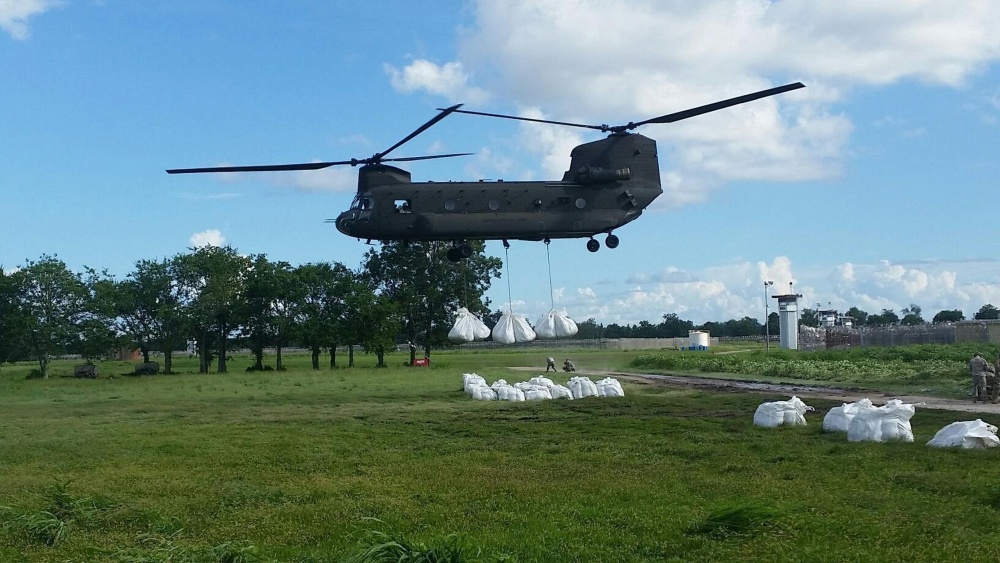The National Guard & EMAC
The National Guard is heavily relied upon by states through EMAC thanks to the speed and efficiency of the National Guard as a force multiplier.
States know when they call upon one another through EMAC they will deploy quickly, work efficiently and get the mission done!
On average, National Guard represents approximately 42% of the resources deployed through EMAC.

National Guard Trifold
Get your facts from the source.
Take the online National Guard EMAC Course
 This course provides an overview of the EMAC Process, EMAC law, EMAC Governance, National Guard responsibilities throughout the EMAC Process, as well as insight into the unique aspects between State Emergency Management Agencies, EMAC, and the National Guard.
This course provides an overview of the EMAC Process, EMAC law, EMAC Governance, National Guard responsibilities throughout the EMAC Process, as well as insight into the unique aspects between State Emergency Management Agencies, EMAC, and the National Guard.
Target Audience: National Guard Commanders, Director of Military Support (DOMS), Operations, Staff, Logisticians, other members of the National Guard, and State Emergency Management Agency personnel.
Create an EMAC account and head to the eLearning Center to begin your free online course.
Utilizing National Guard Through EMAC
EMAC Article 13 states the National Guard cannot be used as a military force when deployed through EMAC.
ARTICLE XIII: ADDITIONAL PROVISIONS
Nothing in this compact shall authorize or permit the use of military force by the National Guard of a state at any place outside that state in any emergency for which the President is authorized by law to call into federal service the militia, or for any purpose for which the use of the Army or the Air Force would in the absence of express statutory authorization be prohibited under Sec. 1385 of Title 18 of the United States Code.
Duty Status
The most common question about National Guard deployments under EMAC are those of duty status.
In general, the three National Guard duty statuses are:
- State Active Duty (SAD)
- Title 32 (T32)
- Title 10 (T10)
States deploy National Guard resources in SAD and T32 under EMAC - when they are under the control of their Governor.
National Guard resources deploy under the control of the President under Title 10.
SAD and T32 are duty statues. Duty statuses are not a mechanism for a deployment outside of the home state. EMAC serves as that mechanism and provides protections (tort liability, workers compensation, etc.) for the deploying forces.
To authorize T32, the Governor of a state must request and receive approval for the use of T32 DoD funds from the Secretary of Defense. In that case, the EMAC mission is needed as the deployment mechanism and the funding for the mission is from the DoD.
A state may also use their T32 training dollars to pay missions. In some states, the EMAC Request for Assistance (RSA) must be completed in order to get the T32 training dollars reimbursed from the DoD (if funds are available).
In either case, the EMAC mission is needed as the deployment mechanism. As a note, reimbursement of the T32 training dollars is not guaranteed, it must be approved by DoD.
The deployment of resources outside of the state without EMAC may be a violation of the Anti-Deficiency Act.
The chart below should help to clarify the duty status for National Guard state domestic operations.


